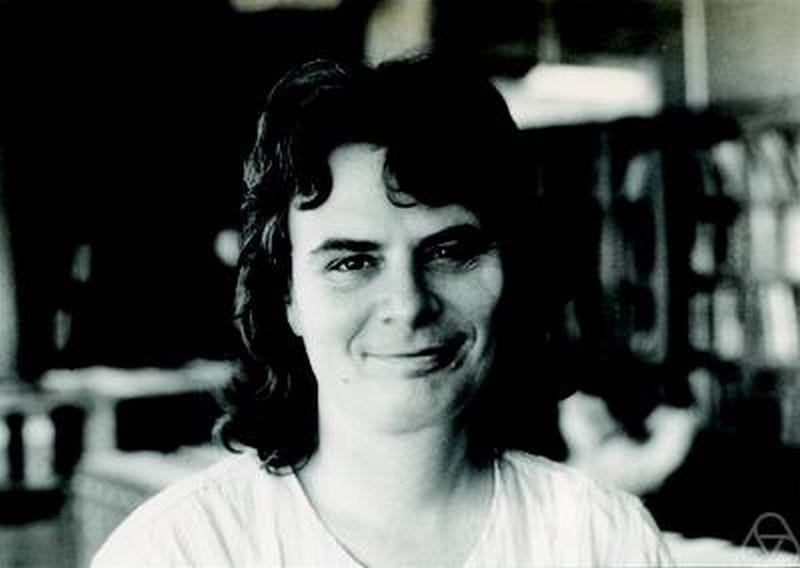
This article was originally published as part of our Summer 2019 series.
Only 52 of 935 Nobel Prizes have been awarded to women. Only one woman has won the Abel Prize since its founding in 2003. This year, Karen Keskulla Uhlenbeck was awarded the title of the 2019 Abel Prize Laureate for her work in analysis, geometry, and mathematical physics.
According to the Norwegian Academy of Science and Letters, the institution that selects the laureates, the Abel Prize is meant to “recognize contributions of extraordinary depth and influence to the mathematical sciences.” Called the “Nobel Prize of Math,” the Abel selects nominees in the fields of computer science, statistics, applications of math in science, and other related fields, rewarding accomplishments with six million Norweigan Kroner (almost $700,000).
Uhlenbeck’s work focuses on geometric partial differential equations, gauge theory, and integratable systems. Much of her work has contributed to physical advancements as well as mathematical: Uhlenbeck is considered an expert in instantons, which are “psuedoparticles” considered very important in four-dimensional and quantum physics. Her focus on this subject involves soap bubbles, the simplest example of a curved surface in multidimensional space that minimizes its surface area. She also greatly contributed to the foundation of the Standard Model of particle physics and research on a theory of quantum gravity.
Uhlenbeck is considered an expert in instantons, which are “psuedoparticles” considered very important in four-dimensional and quantum physics.
Dr. Paul Goldbart, a physics professor and dean of the University of Texas’s College of Natural Sciences, said of Uhlenbeck in a statement about her achievement, “her pioneering insights have applications across a range of fascinating subjects, from string theory, which may help explain the nature of reality, to the geometry of space-time.”
Uhlenbeck has worked with many notable physicists and mathematicians such as Steven Weinberg, Richard Schoen, and Jonathan Sacks. She has authored a number of papers as well as the textbook Instantons and 4-Manifolds.
“Her pioneering insights have applications across a range of fascinating subjects, from string theory, which may help explain the nature of reality, to the geometry of space-time.”
Uhlenbeck helped to pave the way for female scientists. She received the U.S. National Medal of Science in 2000 and she became the first woman to lecture at the International Congress of Mathematicians since 1932. She has been, however, accustomed to certain struggles as a woman in academia. She avoided applying to competitive postgraduate colleges with many male candidates, instead receiving a large scholarship to attend Brandeis University with a 3:2 female-to-male ratio. She later left a professor position due to feeling undervalued, moving to another university with more female professors. At the University of Illinois in Chicago, Uhlenbeck felt that her work was taken seriously as she solidified her place as one of the most influential mathematicians of the time.
In a 1996 essay, Uhlenbeck wrote, “we were told that we couldn’t do math because we were women. I liked doing what I wasn’t supposed to do. It was a sort of legitimate rebellion.”
Uhlenbeck continues to advocate for women in mathematics and science fields. She co-founded the Women and Mathematics Program at Princeton University’s Institute for Advanced Study and remains a role model for young female mathematicians.
